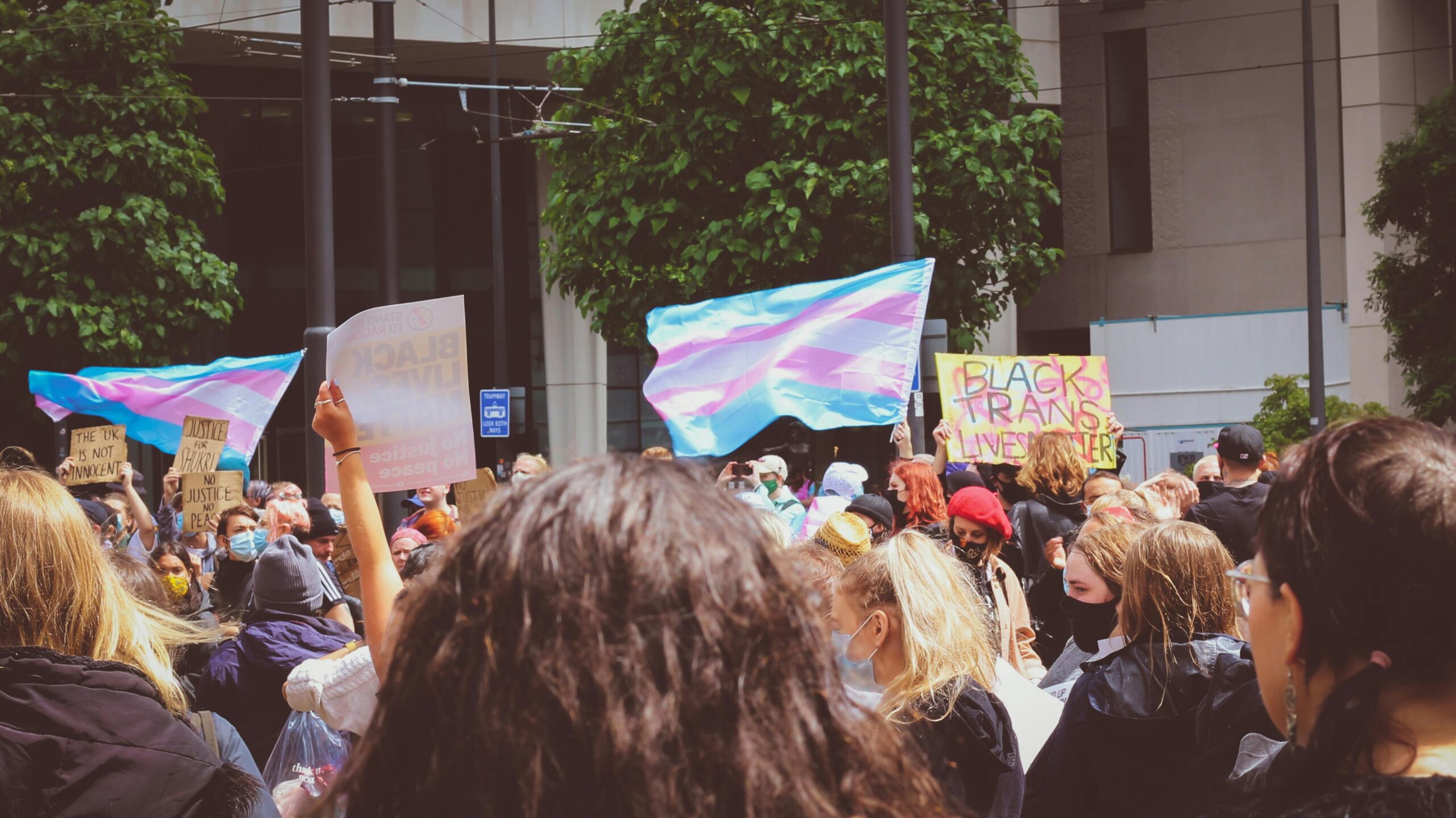
Gender euphoria is a positive emotional state experienced when one’s gender identity aligns with their gender expression. This term contrasts with gender dysphoria, which denotes the distress arising from a mismatch between one’s gender identity and assigned gender at birth. While much research focuses on the negative impacts of gender dysphoria, understanding gender euphoria is crucial for supporting transgender and nonbinary individuals. This blog explores actions that can promote gender euphoria among transgender and nonbinary youth, based on findings from The Trevor Project’s 2023 National Survey on the Mental Health of LGBTQ Young People.
Background
Gender euphoria can be both an internal and external experience. Internal euphoria stems from personal thoughts and feelings about one’s gender, while external euphoria arises from social interactions and affirmations. Empirical studies have shown that gender euphoria is linked to improved mental health, increased coping mechanisms, and a higher quality of life for transgender and nonbinary individuals.
Affirming Actions to Foster Gender Euphoria
1. Affirming Communication
- Use Correct Pronouns – Correct pronoun usage, especially by strangers, significantly boosts feelings of gender alignment, and therefore euphoria.
- Use Chosen Names – Referring to individuals by their chosen name rather than their birth name affirms their identity.
- Gendered Language – Use gendered terms that align with the person’s identity or opt for gender-neutral language when preferred. Some examples include “handsome,” “chivalrous,” and “strong” for male identifying persons and “delicate” and “graceful” for female identifying persons.
2. Inclusivity and Belonging
- Treat with Gendered Respect – Treat individuals in ways that align with their identified gender, such as holding doors open or comparing them to gendered characters.
- Inclusion in Gendered Activities – Include transgender and nonbinary individuals in gender-specific social groups and activities to enhance their sense of belonging.
- Normalize Gender Identity – Avoid treating individuals differently because of their gender identity to foster a sense of normalcy and inclusion.
3. Appearance Affirmation
- Compliments – Compliment appearances in a gender-affirming or neutral manner.
- Support with Appearance Tools – Help individuals access gender-affirming tools like binders or specific clothing items.
- Respect Gender Ambiguity – Recognize and respect when individuals present in ways that challenge traditional gender norms.
4. Support and Respect
- Provide Emotional Support – Offer support in exploring and expressing gender identity.
- Respectful Curiosity – Show a genuine interest in understanding an individual’s gender identity and experiences without being invasive.
- Correct Mistakes – Quickly and politely correct misgendering or misuse of names and pronouns.
Conclusion
Creating an environment that promotes gender euphoria involves small, consistent actions that affirm and respect transgender and nonbinary identities. By implementing these affirming practices, we can significantly improve the mental health and well-being of transgender and nonbinary youth. At Insight Psychological, our mission includes providing resources, one-on-one counseling support, nd workshops to foster such environments in the workplace and in the broader community helping LGBTQ+ young people thrive.
References:
- Ashley, F., & Ells, C. (2018). In favor of covering ethically important cosmetic surgeries: Facial feminization surgery for transgender people. The American Journal of Bioethics, 18(12), 23–25.
- Austin, A., Papciak, R., & Lovins, L. (2022). Gender euphoria: A grounded theory exploration of experiencing gender affirmation. Psychology & Sexuality, 13(5), 1406–1426.
- Beischel, W. J., Gauvin, S. E. M., & Van Anders, S. M. (2022). “A little shiny gender breakthrough”: Community understandings of gender euphoria. International Journal of Transgender Health, 23(3), 274–294.
- Kai, J., & Devor, A. (2022). Moving from gender dysphoria to gender euphoria: Trans experiences of positive gender-related emotions. Bulletin of Applied Transgender Studies, 1, 119-143.
















